EMTP is a sophisticated computer program for the simulation of electromagnetic and electromechanical transients in multiphase electric power systems and is known as a reference tool for transient studies.
Large libraries of power devices are available to model any type of substation and transmission network for various transient simulations.
EMTP is the perfect companion tool to determine the ratings of sub-station equipment and insulation levels. For instance, using EMTP, one can easily select surge arresters (ratings and locations) to protect substation equipment from lightning and switching surges.

Figure 1: Example of lightning-originated overvoltage in a high-voltage substation simulated in EMTP
Studying lightning and switching overvoltages requires considering the frequency dependence of parameters of lines and cables connected to the substation. Line Data and Cable data are two available routines to compute respectively line parameters and cable parameters considering their geometry and physical characteristics.
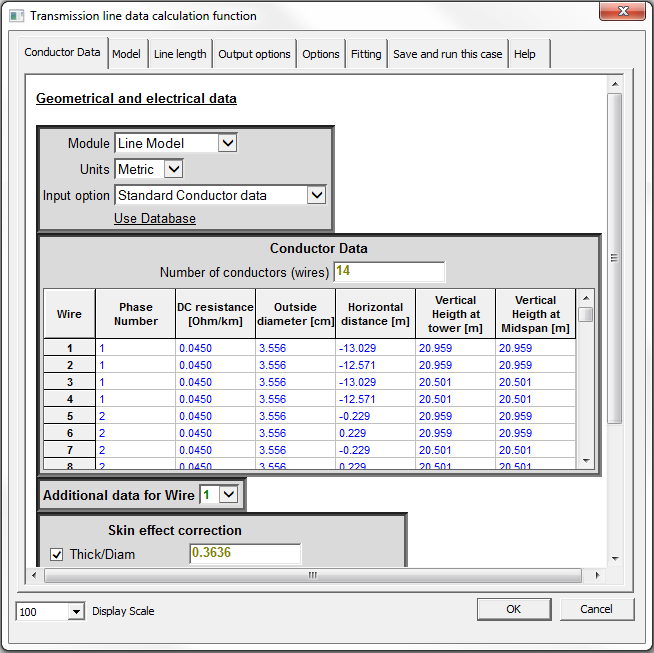
Figure 2: Modelling of transmission lines in EMTP
EMTP uses advanced numerical techniques to simulate nonlinear devices like surge arrester.

Figure 3: Surges arrester model
Statistical and parametric methods help power systems engineers to consider the uncertainty of parameters (ground flash density, fault time, …).
EMTP includes a library of sources (voltage and current) includes the CIGRE concave lightning current source.
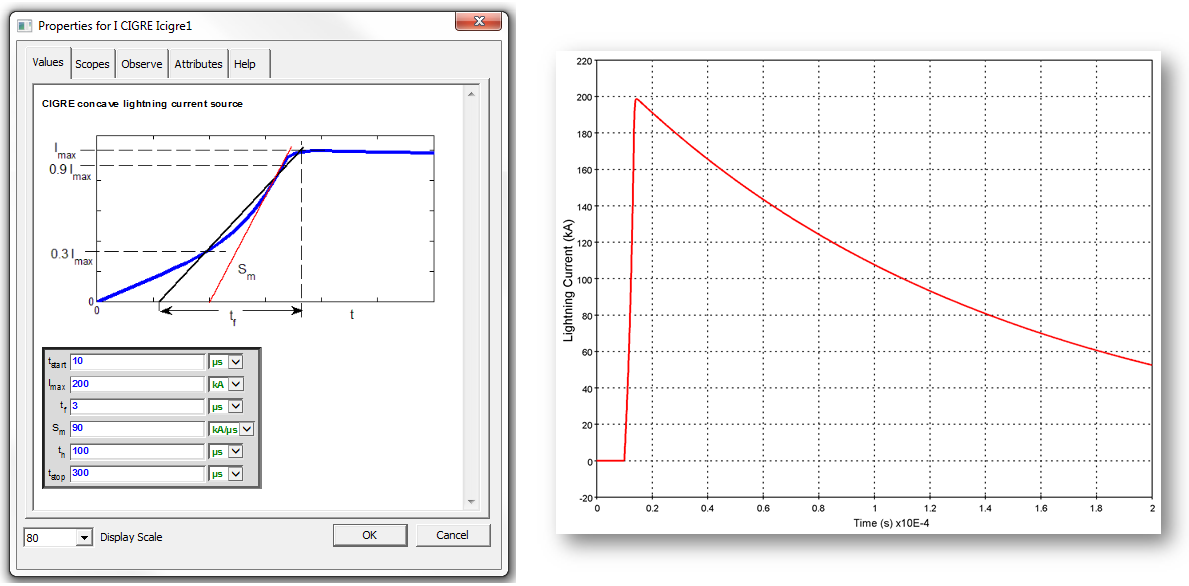
Figure 4: CIGRE Lighting current source
For economical reason, transformers are operated close to the knee point of their saturation characteristics. Figure 5 shows a typical B-H curve of a magnetic material and transformer magnetizing current. A sinusoidal flux wave is required to generate an inrush current with harmonic content. In typical power systems, sinusoidal flux waves are generally presents since transformer are connected to (almost) ideal sinusoidal voltage sources. As shown on Figure 6, the flux generated by a transformer winding is nothing else than the derivate of the voltage potential across this winding.
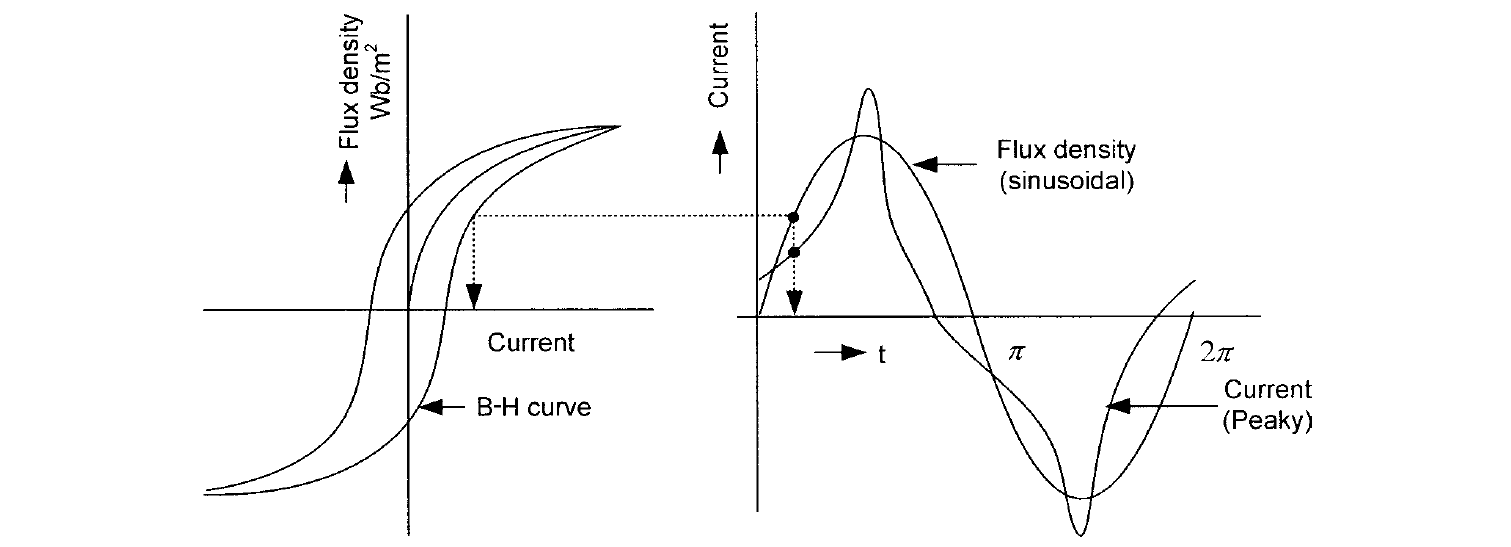
Figure 5: Typical B-H curve of a magnetic material and transformer magnetizing current
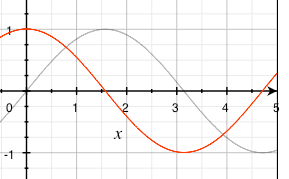
Figure 6: Relationship between voltage (red curve) and flux (grey curve) of a transformer winding in p.u.
Harmonic content of the inrush current can be intuitively understood looking at Figure 5.
The peak value of the inrush current can reach up to 8 to 15 times the nominal current of the transformer. This value is sensitive and function of different parameters such as:
Inrush currents are usually rich in second, third and fourth harmonic. A typical inrush current transient is simulated in EMTP and displayed in the next figure.

Figure 7: Typical Inrush waveform simulated with EMTP
EMTP are also used to understand, analyse and eliminate ferroresonance. All necessary elements (non-linear inductance, capacitance, hysteresis reactor, voltage source…) are available to study ferroresonance. EMTP models are precise and valid over the frequency range of interest.
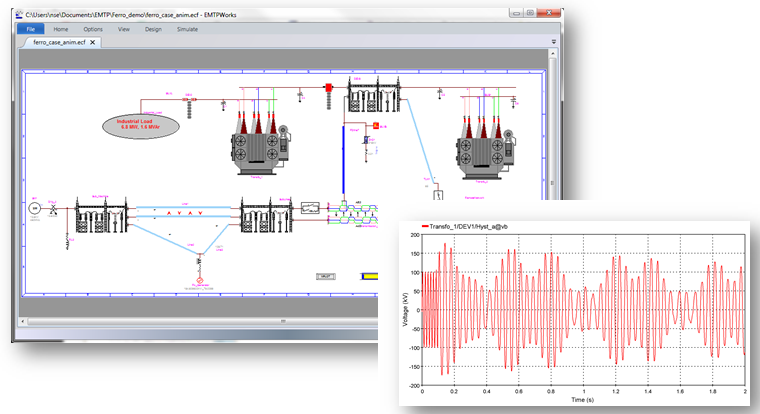
Figure 8: EMTP diagram – Ferroresonance study
The software EMTP is developed and commercialized by the EMTP Alliance. EMTP is a full-featured and technically advanced simulation and analysis professional software for power system transients.
The package is a sophisticated computer program for the simulation of electromagnetic, electromechanical and control systems transients in multiphase electric power systems. EMTP is used worldwide as a reference tool by the main actors of the power system industry (EDF, RTE, Hydro-Québec and many others). It is suited for a wide variety of power system studies whether they relate to project, design and engineering, or to solving problems and unexplained failures. Its capibility to to efficiently and quickly perform simulation of very large power systems, its numerical robustness and the stability of the simulation engine contribute to make of EMTP the reference for power systems transients. EMTP features a wide variety of modeling capabilities encompassing electromagnetic and electromechanical oscillations ranging in duration from microseconds to minutes.